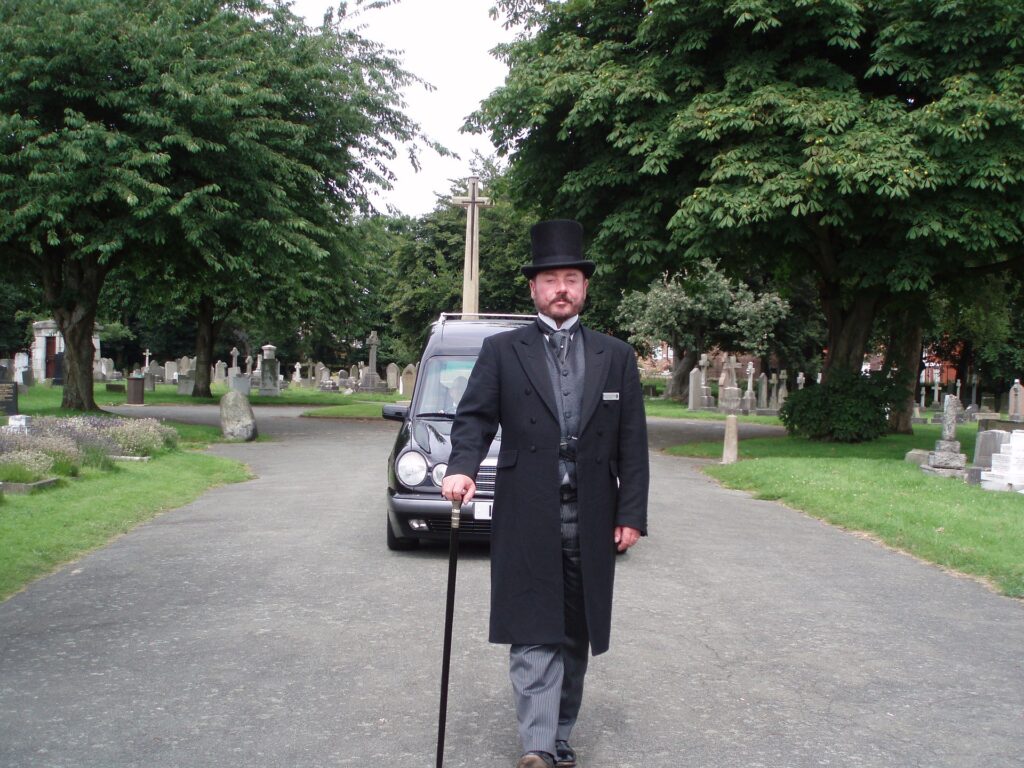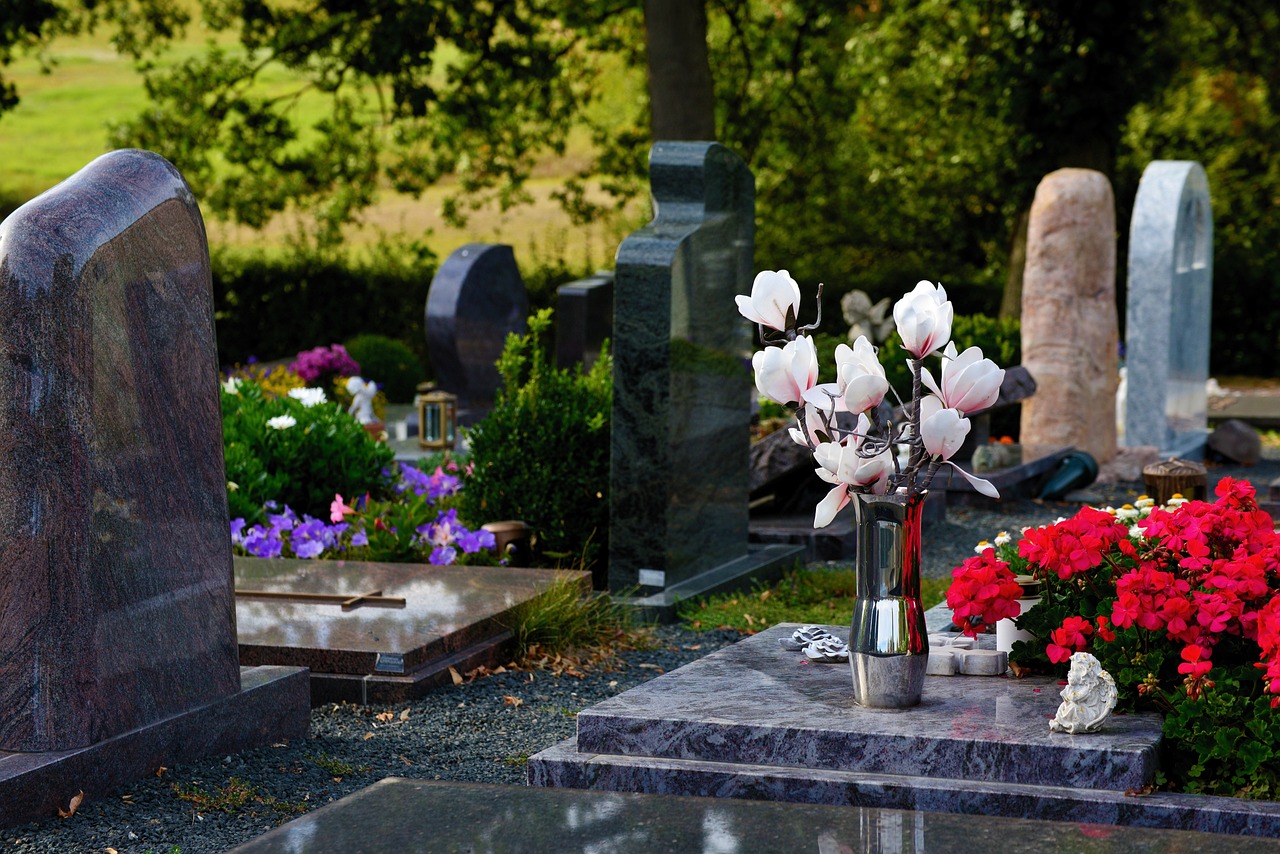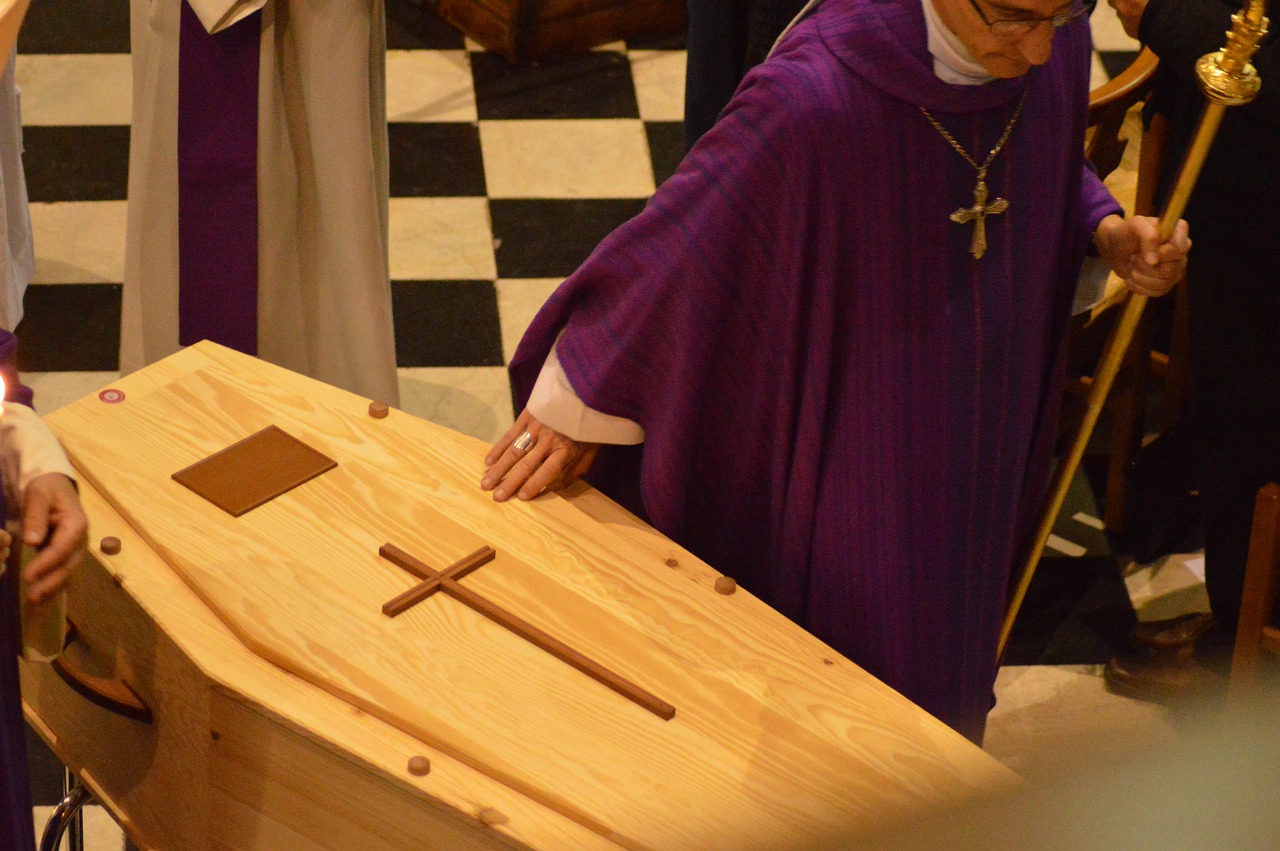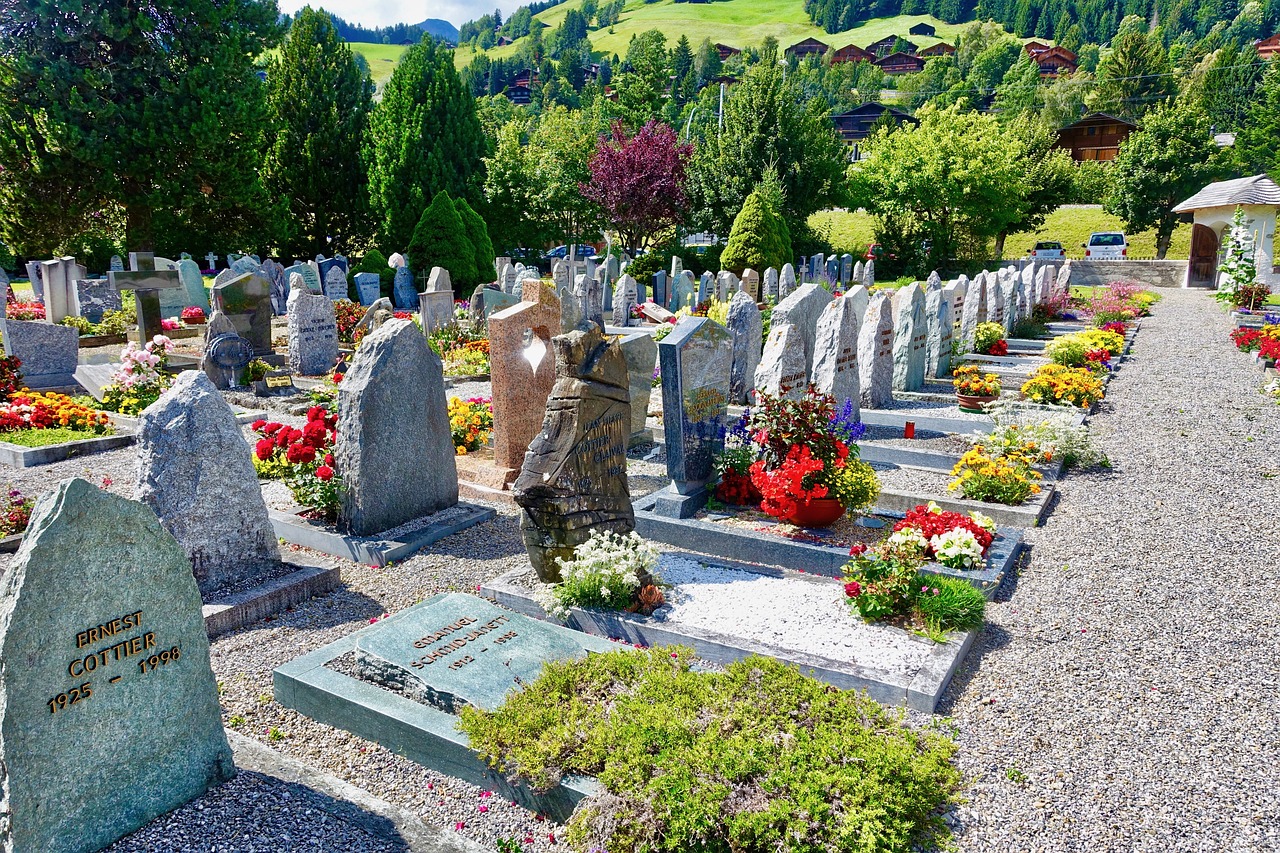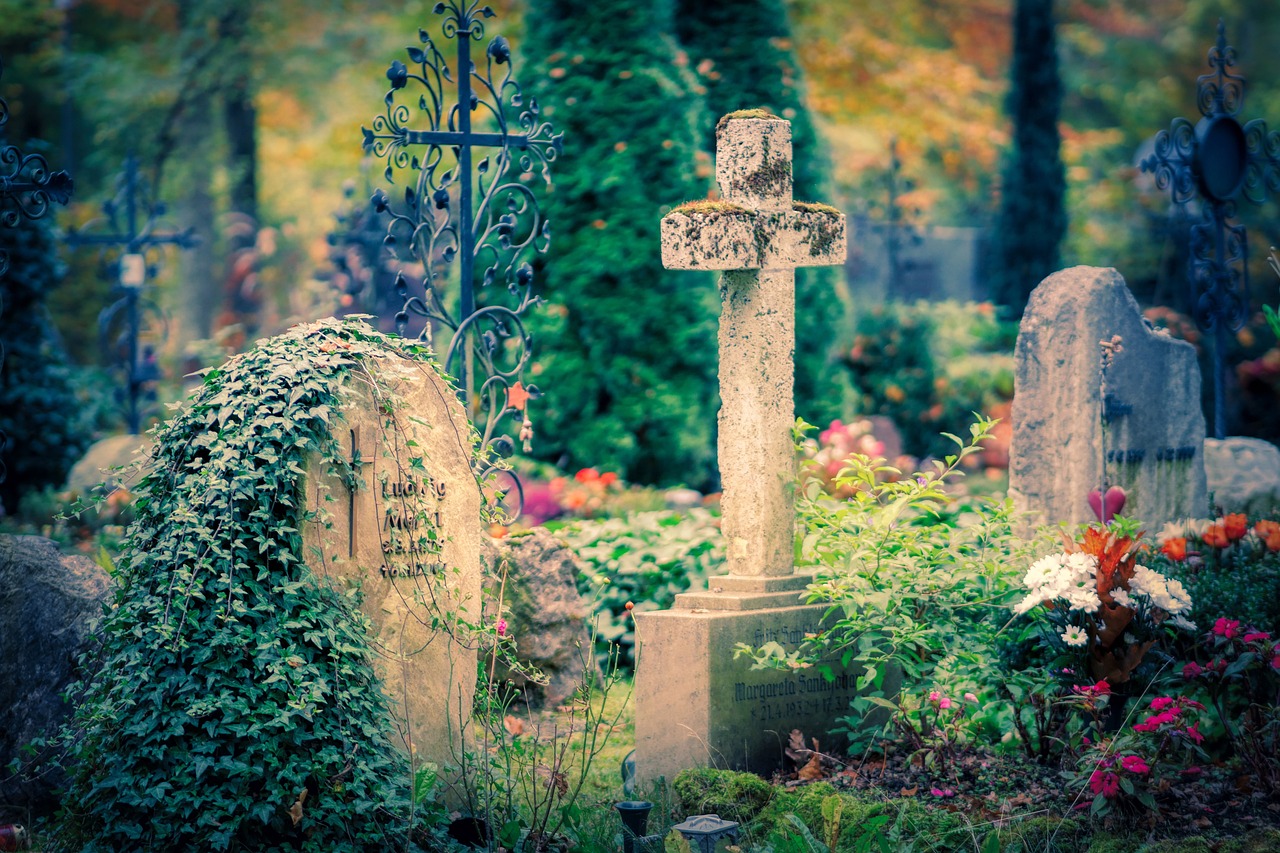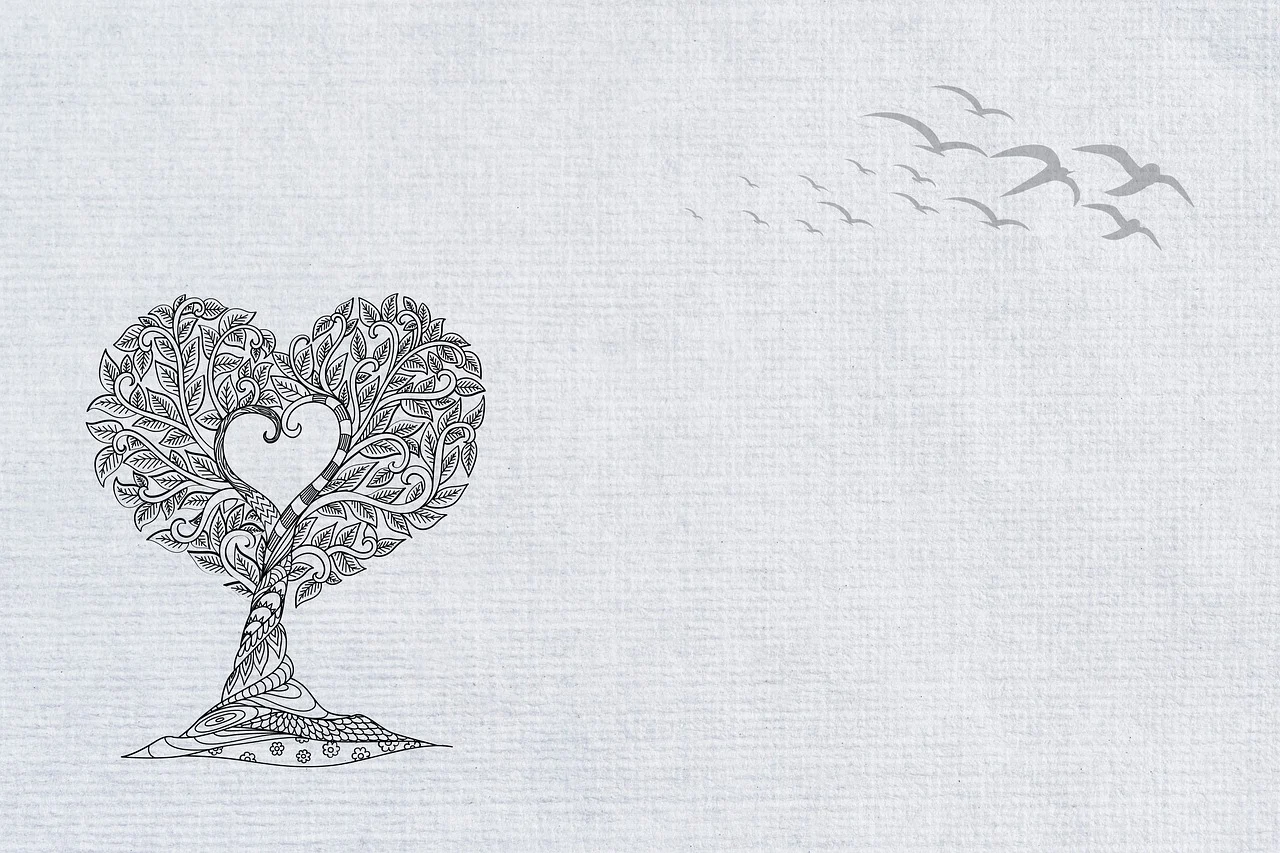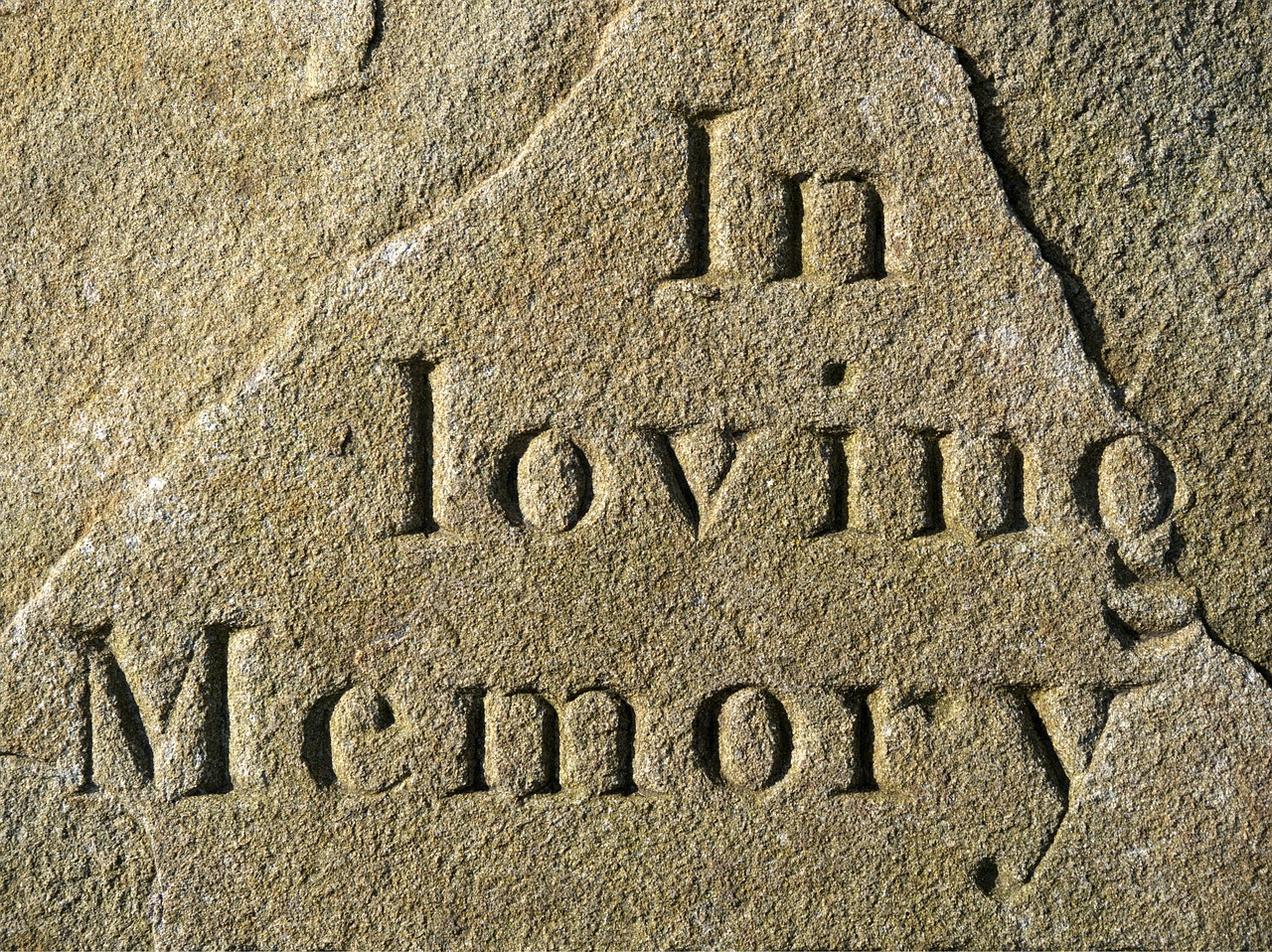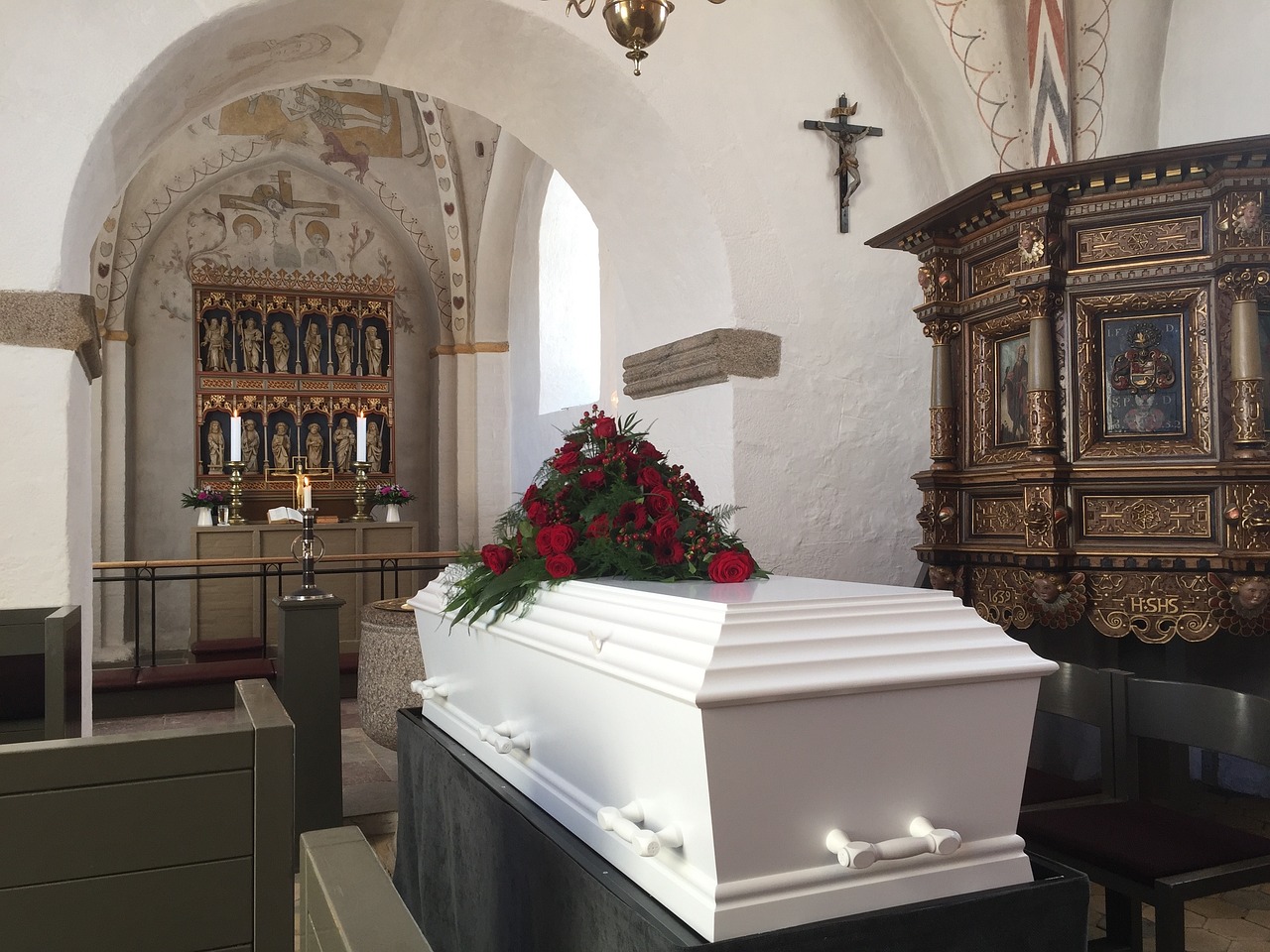Planning a funeral can be confusing and stressful given that you are dealing with the loss of a loved one but still need to ensure they get the sending-off they deserve. It gets more complicated when you consider having to fulfil certain religious or cultural obligations. These aspects of a funeral often mean that funeral services can differ depending on what community the deceased person and their family belonged to.
However, no matter what the background, there are certain elements to planning a funeral that remain fairly consistent across the board. It can be difficult to try and remember all these tasks that need to be taken care of so here is a helpful checklist you can use to keep track and ensure you are well prepared for that day. Note that depending on the family’s preferences, you may modify what appears on this schedule or its order.
The typical schedule for a funeral
Visitations
This takes place before the funeral service. It is an opportunity for mourners to pay their respects to the family. They can express condolences while waiting for all attendees to arrive before the service begins.
Funeral procession
This is the starting point of the funeral when the body is being transferred from the family home or funeral home to where the funeral service will be held. It may, however, be planned for after the funeral service when transporting the body to the burial site.
Ensure that you notify those that you want to accompany this cortege organise the order of vehicles. Typically, you should have family members and close friends behind the hearse, with others behind. On arrival at the ceremony site, the funeral director should be on hand to lead the procession on foot.
Plan out the route. This could be the shortest route between the destinations or with stops along the way at locations that have some significance to the deceased. Ensure everyone in the cortege knows the route so you do not have to worry about them getting separated. Music may be played during the procession.
Viewing
This may be done at the family home or funeral home, even before the day of the funeral. It is an opportunity for loved ones to get a final glimpse of the dearly departed before the funeral and bid them farewell. It allows mourners to pay their final respects.
Introduction
Upon the arrival of the funeral procession at where the funeral service is to be held, the celebrant or religious leader should take charge and welcome attendees. This will mark the start of the funeral service.
Opening readings
In most religious services, there may be a selection of funeral readings. These can be readings from a holy book, prayers or other literature. The readings may be performed by the celebrant, family member or designated close friend. The selection of readings may be decided by the family or even the deceased person. Often, the readings are meaningful to the deceased. The family may even opt to come up with their own readings in the form of poetry or selected passages from a beloved book to share at this time.
Obituary
This section is for a family member or close friend to read out the deceased person’s obituary that had been published prior.
Eulogy
Eulogies are speeches given by loved ones that honour and celebrate the life of the deceased. They can cover multiple aspects including their upbringing, personality, personal experiences, career, and so on. They are an opportunity for loved ones to share their memories of the deceased and bid them farewell.
Closing ceremony
At the end of the service, the celebrant will read final prayers and may also lead or play a song or hymn. Depending on the background of the deceased, the family may also have a tradition of lighting candles or holding a short vigil at the end of a service. The celebrant may also use this as an opportunity to advise mourners of the next stage, possibly moving on to the graveside for burial, or if cremating, joining the family for a repast.
Transport to the graveside
After the funeral service and when transporting the body to be buried or cremated, you may need to arrange for pallbearers. This is considered an honour by family members and close friends so be sure to notify those that will take part.
Graveside service
In some cases, the family may skip holding a funeral service at the funeral home or place of worship. They may instead opt for a direct graveside service. This means the mourners will congregate at the graveside for the funeral service and then burial. Those that hold a more traditional funeral service may still opt to have another graveside service. After the service, the body will be lowered into its final resting place and committed.
During the burial, there may be religious or cultural obligations to be fulfilled. This may include the saying of certain prayers or the more traditional throwing of dirt on the coffin after is lowered. Where the body is cremated, internment or burying of the ashes may also be performed.
Repast
This is typically a reception held after the funeral where mourners again come together with the family to express their condolences and mingle. It is usually a short and casual affair that may be held at the family home or other venue. Some food and drinks may be served as refreshments at this time.

